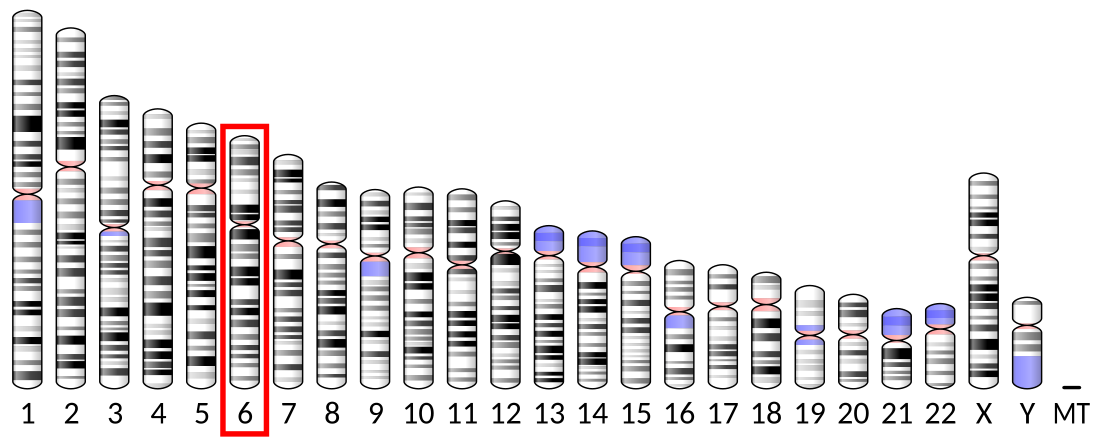Top Qs
Timeline
Chat
Perspective
Brpf1
Protein-coding gene in the species Mus musculus From Wikipedia, the free encyclopedia
Remove ads
Peregrin also known as bromodomain and PHD finger-containing protein 1 is a protein that in humans is encoded by the BRPF1 gene located on 3p26-p25. Peregrin is a multivalent chromatin regulator that recognizes different epigenetic marks and activates three histone acetyltransferases (Moz, Morf and Hbo1). BRPF1 contains two PHD fingers, one bromodomain and one chromo/Tudor-related Pro-Trp-Trp-Pro (PWWP) domain.
Remove ads
Function
Summarize
Perspective


Embryo development
Brpf1 gene is very conserved and has a critical role in different developmental processes.[2][3][4] Zebrafish BRPF1, which is coordinated by its particular set of PWWP domains, mediates Moz -dependent histone acetylation and maintains Hox genes expression throughout vertebrate development, hence determines the proper pharyngeal segmental identities.[6] Furthermore, Brpf1 may not only has significant role for maintaining the anterior-posterior axis of the craniofacial skeleton, but also the dorsal-ventral axis of the caudal skeleton.[7] Recent studies have shown that ablation of the mouse Brpf1 gene causes embryonic lethality at embryonic day 9.5.[3][4] Specifically, Brpf1 regulates placenta vascular formation, neural tube closure, primitive hematopoiesis and embryonic fibroblast proliferation.[3][4]
For the central nervous system, Brpf1 has high expression and is essential for the development of several important structures, including neocortex and dentate gyrus in the hippocampus.[3] Brpf1 is dynamically expressed during forebrain development, especially the hippocampal neurogenesis.[5] Brpf1 shares phenotypes with transcription factors Sox2, Tlx and Tbr2 in dentate gyrus development and has potential link to neural stem cells and progenitors.[5] Except for the forebrain, Brpf1 is also required for the proper patterning of the craniofacial cartilage, which is derived from neural crest cells that migrate from the hindbrain.[8]
Cancer development
Recently, Brpf1 was reported to play the tumor suppressor or oncogenic role in several malignant tumors, including leukemia, medulloblastoma and endometrial stromal sarcoma.[2][9][10][11] Brpf1 was considered a tumor suppressor gene because mutations in cancer cells appear to diminish the function of Brpf1[9][10] However, oncogenic role of Brpf1 is also possible in cancer. For example, Brpf1 can form a stable complex with Moz-Tif2, which could lead to the development of human acute myeloid leukemia (AML).[11] There is another Brpf1 related complex Brpf1–Ing5–Eaf6, which also plays a direct role in cancer.[2]
Remove ads
See also
References
External links
Further reading
Wikiwand - on
Seamless Wikipedia browsing. On steroids.
Remove ads


